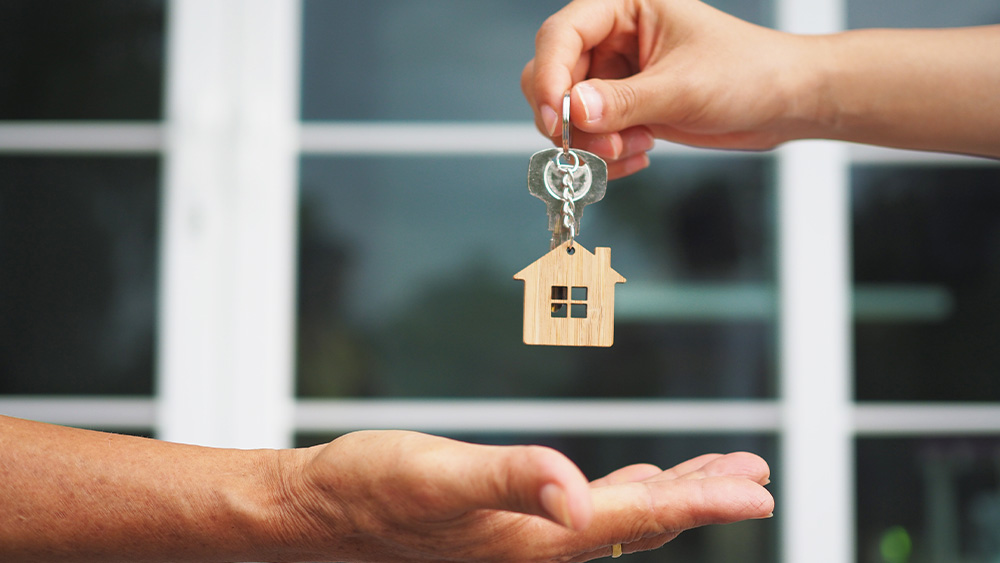It is exciting when you decide to make the move into a new home. A new home means new rooms for everyone in your family, a whole new kitchen to try out your favorite recipes and a brand new backyard to install that swing set your children have always wanted. However, selling your old home is not so much fun. The process can be very stressful and involved, but to make it easier on you and your family, here is Ryan Homes at Brunswick Crossing’s checklist to selling your home:
-
Get informed. Research the pros and cons of using a real estate agent. Most local representatives are familiar with your area and can narrow down potential buyers based on similarities. If you prefer to sell your home on your own, educate yourself about how pricing works. Picking an asking price out of thin air is not a good idea, so check out the market and estimate the price range that your home’s value would fall into. It is smart to be as knowledgeable as your buyers and competition.
-
Fix it up. When you and your family plan on leaving your house, it may seem counterproductive to put money into repairs and replacements, but it helps in the long run. Spending time on the house preparation phase means more money in your pocket. You can also hold a yard sale before you list to donate, sell or trash anything you do not need, or hire a professional to do a home inspection. When potential buyers see the house to its full living capability, they are more likely to inquire for more information, such as energy efficiency or livability for pets.
Tip: Liven up your old home up before showings by burning a candle or freshly baking. This will stimulate the positive senses of your potential buyers.
-
Know when to show. Much like purchasing appliances or outdoor furniture, there is a certain time of the year to show and list your home which will allow you to receive the most for your home. The best time to sell your house is in the spring, especially on Thursdays because it will be up for the weekend showings. Potential buyers have received their tax refund from April, so most of them are ready to pay for the full asking price.
Tip: Do not list your price with a zero at the end. Studies show that people perceive a specified price, such as $289,675 to be lower than a rounded one, such as $289,000.
-
Learn how to close. Arguably the most important part of the selling process is closing the deal. If you hired a real estate agent, they will do most of the talking and negotiating. However, if you are self-selling, it is wise to learn how to read contracts, negotiate closing costs and discuss home warranties.
-
Start the moving process. Once you are comfortable enough in the selling stage, begin the moving process. Set a calendar of deadlines, and decide if you want to hire a moving company or ask around for help between family and friends. Begin packing up what you want in your new home then sell your other belongings by holding another yard sale or donate them to Goodwill or a similar non-profit organization. Once you are ready to go, begin your move!
With all of the excitement and anticipation surrounding your move, it can be tricky to remember everything about selling your old home. First decide if you will hire an agent or self-sell. Do some research to decide which option is best for you. Next de-clutter and fix up your home. Spackle the holes, fix the creaks and dust the furniture then pick a listing date and time for potential buyers to visit. Once you find who you are looking for, learn how to close your sale then start your moving process.



